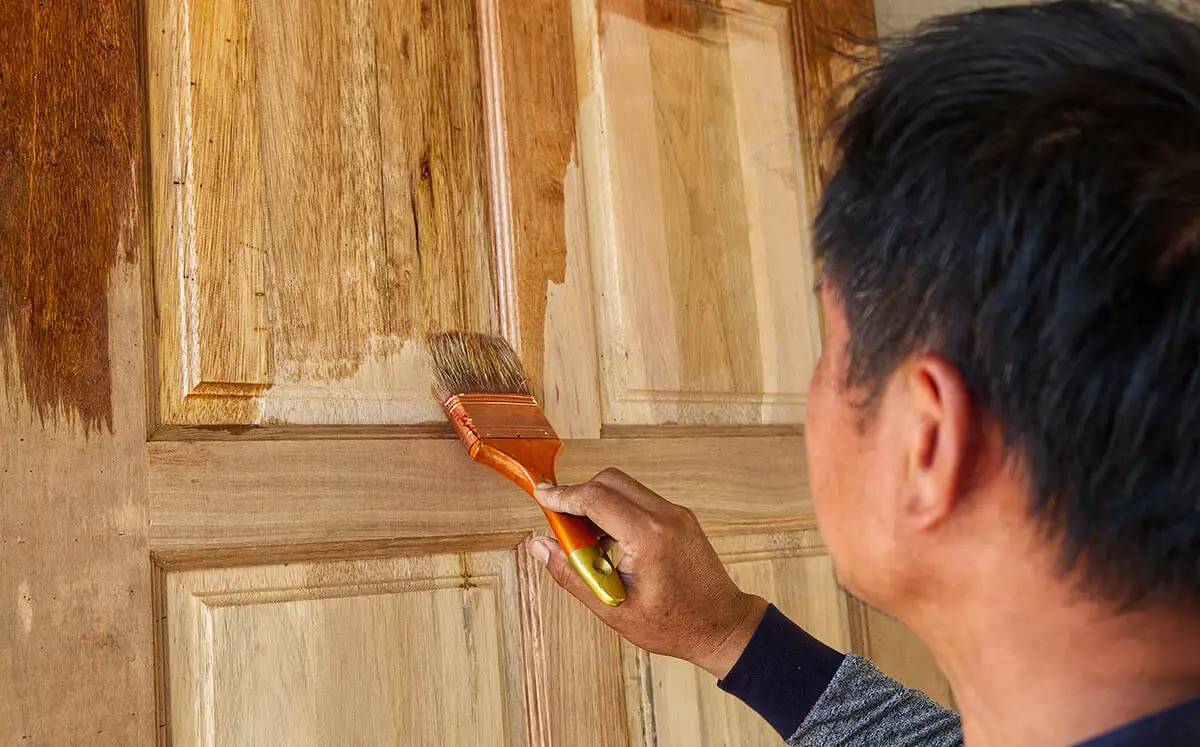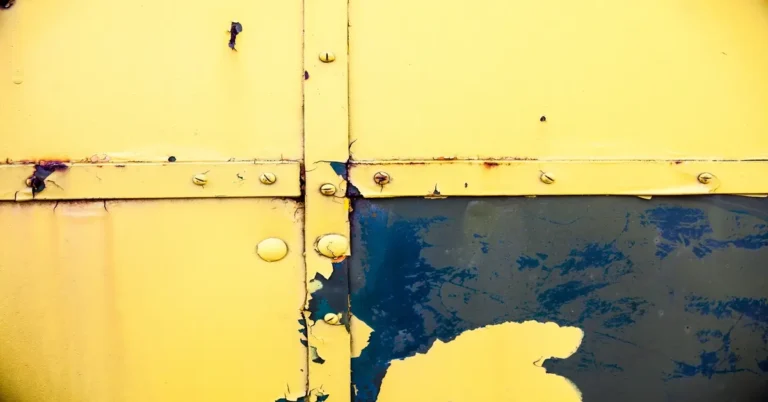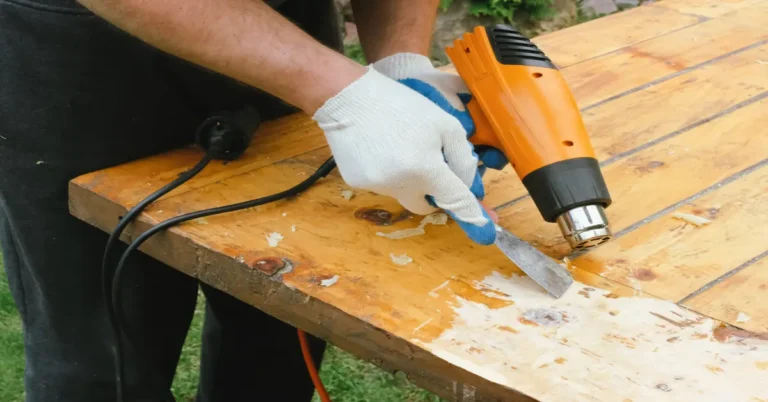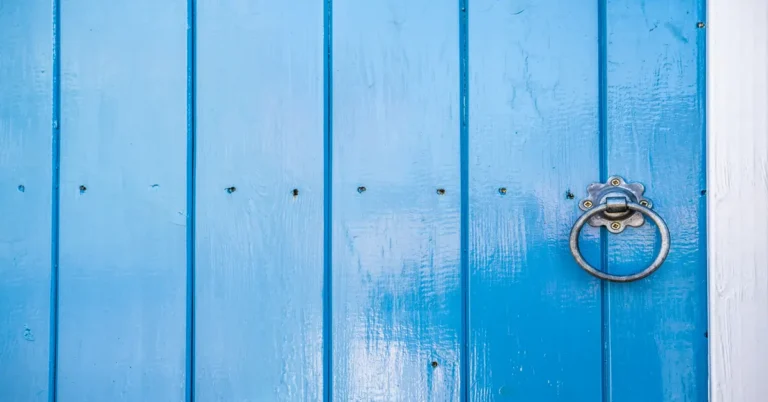Lacquer: A timeless style
When we say lacquer is a timeless style, we really do mean it. Dating back to ancient Japanese and Chinese civilizations, lacquer techniques caught the attention of Europeans sometime in the late 16th century. Upon seeing the uniqueness of the technique, they started commissioning lacquered decorative pieces such as altars, vessels, and decorative screens. The reflective finish wasn’t only beautiful, but was also considered practical at that time when rooms were primarily lit by candlelight.
Lacquer would also be a prominent feature during the Art Deco movement, known for elegant and rich-looking aesthetics. By the 1920’s it was already prominent in European and American design. Today, the lustrous finish is still popular, but not every glossy, shiny surface is lacquer; high gloss paint is often used instead.
Lacquer and high gloss paint: what is the difference?
Lacquered furniture, ceilings, and walls get their smooth, highly reflective finish from a mix of resins and solvents that dries quickly to create an extremely hard, durable, almost shellac-like surface. Aesthetics aside, it is designed to be chip-resistant, waterproof, and breathable.
Because it is thinner than the other finishes, it is almost always applied using a sprayer instead of a brush or roller. Wear and tear can dull its appearance over time, which is why it should be polished to maintain its luster.
True lacquer is solvent-based which makes them more durable while also giving off a luxurious appearance. Think of the surface of a baby grand piano. The highly reflective quality gives lacquered surfaces a certain depth unlike any other paint finish, including high gloss paint. Lacquer is not always glossy, either. It can also have a satin or matte finish, too.
On the other hand, high-gloss paint is slower to dry and does not harden the same way as lacquer. It still gives off a luxurious finish, sans the depth of true lacquer. High-gloss paint is what is often used in the glossy walls and finishes you see in today’s trends, not lacquer.
Whether you go for true lacquer or high gloss paint, the more coats you use, the shinier the finish. Lacquer is a bit more costly but definitely worth the expense.
Water-based lacquer is gradually becoming one of the most widely used types of lacquer used to refinish kitchen cabinets. Compared to other lacquer types, it is much more environmentally-friendly because it does not contain the same toxic materials, but still scratch-resistant and durable.
Nitrocellulose Lacquer is the most commonly used out of all types of lacquer. It is usually used on musical instruments and wooden products and was once popular on automobiles.
Acrylic lacquer was developed in the fifties for automobiles. Quick to dry, it is made from a non-yellowing formula that can be used on light-colored wood.
Catalyzed lacquer comes in two types: pre-catalyzed where it is premixed by the manufacturer or store, and post-catalyzed where it is mixed by the purchaser. Once it is mixed, there’s a short window of time when they have to be used. This is also a popular choice among professionals and homeowners because the chemical reaction that forms the finish makes it very durable.
Catalyzed Lacquer
The two types of catalyzed lacquer include pre-catalyzed and post-catalyzed. The first option is premixed by the manufacturer or store when purchased, while the second type is a two-part system that the purchaser must mix. Once mixed, they have a short window of time when they must be used. The main reason why homeowners and professionals like this type of lacquer is that the chemical reaction that forms the finish makes it highly durable.
What is the use of lacquer flo?
Lacquer flo is a solvent retarder, which is a substance used to slow down drying time, giving more time to blend or layering highlights. It is used for nitrocellulose-based paints in specific proportions. It is used to help prevent blushing of lacquer-based paints especially when applied using a spray.
Blushing is a common application problem when working with wood and lacquer finishes. It is a milky whiteness that appears in a sprayed lacquer-type finish, particularly on a humid day within seconds after application. Thankfully, this can be avoided by adding a liquid retarder like GI Lacquer Flo.
Tips for lacquer flo application
To use a lacquer flo like GI Lacquer Flo, mix ¼ liter of the solution to a gallon of ready-to- spray lacquer to get the best results. Remember to keep away from heat and open flame, and use it with adequate ventilation. When not in use, keep in a closed container.
For your home improvement needs, you may purchase GI Lacquer Flo via Lazada.
Sources:
https://www.housebeautiful.com/home-remodeling/interior-designers/a26876500/how-to-lacquer-walls/
https://booth7.com/difference-between-lacquer-and-paint-for-kitchen-cabinets/





